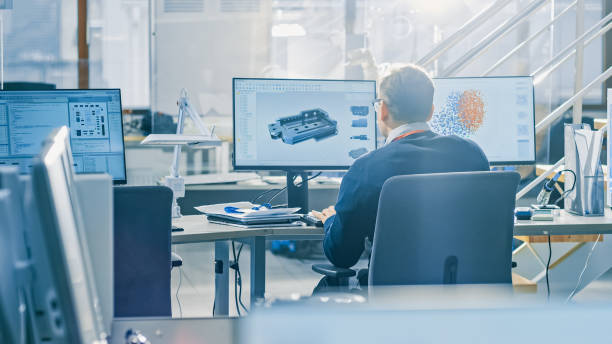Computer-Aided Design (CAD) has revolutionized the world of design and engineering, allowing professionals across various industries to create, modify, and optimize their work with unprecedented precision and efficiency. Whether in architecture, automotive, or product design, Computer aided design software provides the tools to bring ideas to life, streamlining the process from concept to creation.
One of the key advantages of CAD is its ability to create 3D models, enabling designers to visualize their projects before physical production begins. This reduces errors and improves the overall design quality. Computer aided design also allows for easy modifications, so tweaking a design is quicker and more cost-effective than traditional methods.
Another game-changing feature is the ability to perform simulations. CAD software can simulate how a design will function in real life, whether it’s analyzing stress points in a building structure or testing aerodynamics in a car design. This predictive capability saves time, resources, and reduces the risk of failure.
As CAD continues to evolve, its integration with other technologies like 3D printing and virtual reality is opening new doors for innovation. It’s clear that CAD is not just a tool but a fundamental part of modern design and engineering processes.


